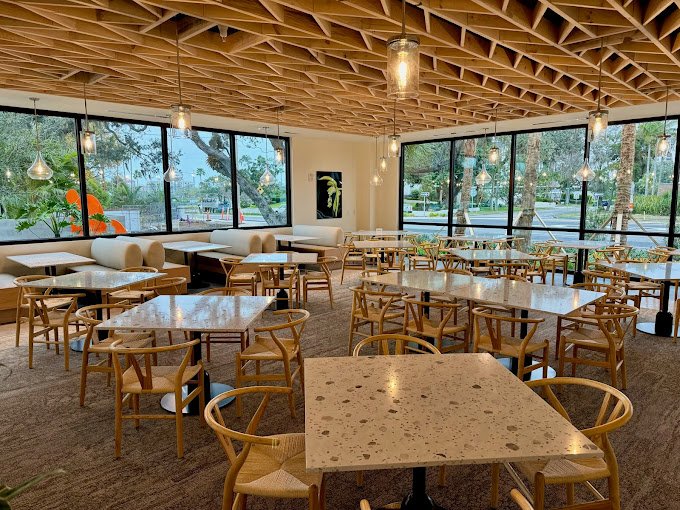Unveiling the Empire State: 7 Intriguing Facts about New York
New York, the Empire State, is synonymous with iconic landmarks, cultural diversity, and a pulsating energy that captivates millions of visitors each year. From the towering skyscrapers of Manhattan to the natural wonders of upstate New York, the state offers a kaleidoscope of experiences. In this article, we’ll uncover seven fascinating facts about New York, … Devamını oku








